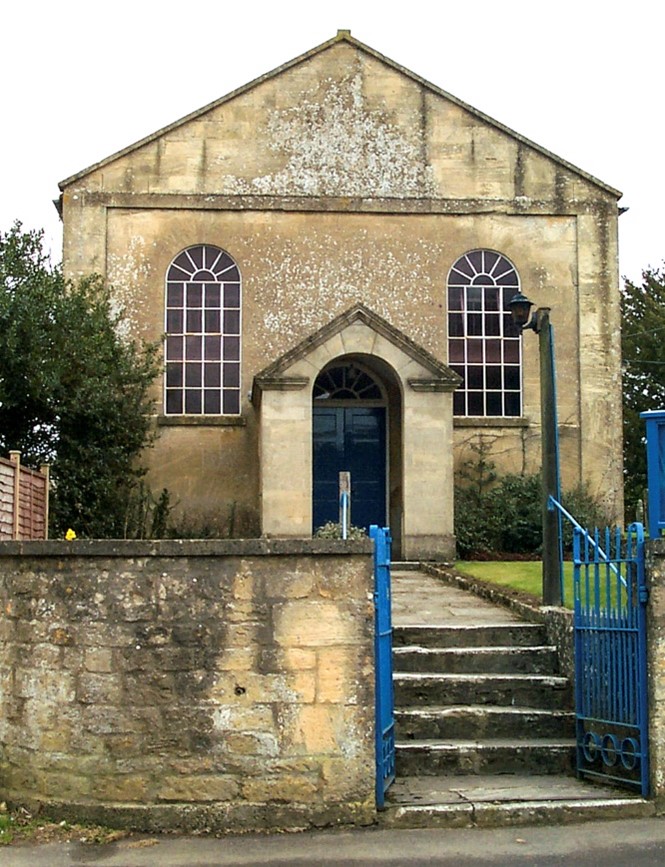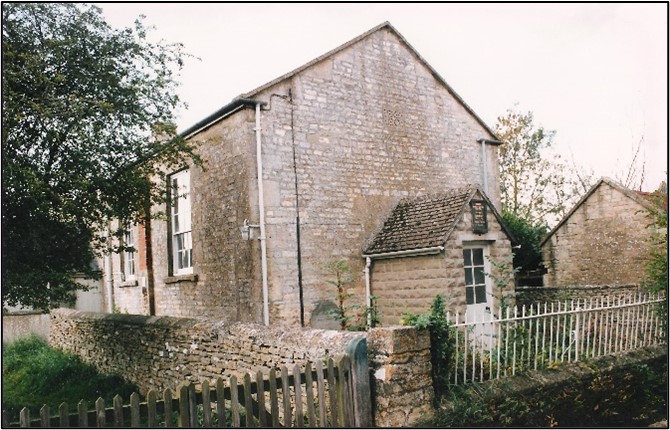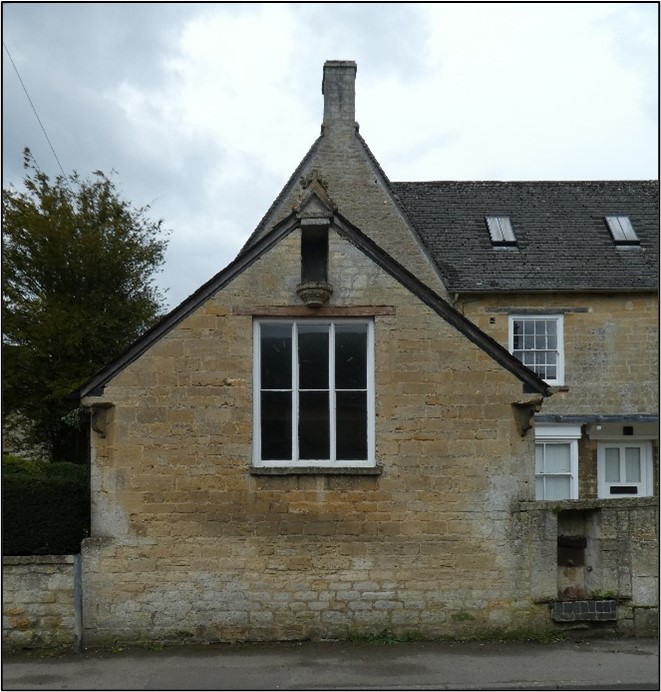From the 18th Century Milton became a fruitful location for the persuasive influence of non-conformist Christian sects. The Quakers, the Primitive Methodists, the Baptists, and the Wesleyans all obtained a foothold in Milton, building their own meeting houses and chapels here. The High Street was deemed to be a prime location for these chapels and there were two Baptist chapels here as well as the Wesleyan Mission Room.

The regular Baptists building their chapel at the top end of the High Street in 1839 and added a school room next door in 1867.
The Baptists were perhaps the most successful of the non-conformist sects in the village. They had the advantage of being patronised by many members of the Groves family including the famous Alfred Groves (1826 – 1914) who is buried along with his second wife in the Baptist’s graveyard.
The apogee of the Baptists in the village was perhaps achieved in 1889 when they celebrated their Jubilee (50 Years since the build of the chapel). As part of the celebrations they managed to get the lane adjoining their chapel re-named as Jubilee Lane and funded the building of a manse on Jubilee lane for their pastor. Its continued importance in village life is shown by the fact that it was the Baptist school room that became the sign-up location for local men at the outset of the first world war and became the allocation centre for London evacuees at the outset of the second World War. The chapel is still in active in the village life today.

The Strict Baptists, a breakaway sect from the regular Baptists established their own chapel at the end of The Terrace in 1841, rebuilding it again in 1883. The chapel was sold off in the 1970s and is now a converted to a private residence.
John Rawlins, a former stalwart of the Wychwoods Local History Society recalls that his parents were Strict Baptists and recalling aspects of his childhood in the 1930s he writes:
“One change to Saturday’s routine were the weekends when the visiting minister to the Zoar Baptist Chapel came to stay overnight. As I recall, these men were usually dressed in black, with black squeaky boots to match, and had come by the evening train from the Midlands or the Black Country. They were working men who had been ‘called’ and seemed to spend a great deal of time praying; on their arrival, during and after meals, on their departure or at other times when they thought fit.” (The Journal of the Wychwoods Local History Society, number 5 1989).

Introduction | Before the 19th Century | The 19th Century | Shops and Pubs | Religion | 20th and 21st Centuries | Article Intro

